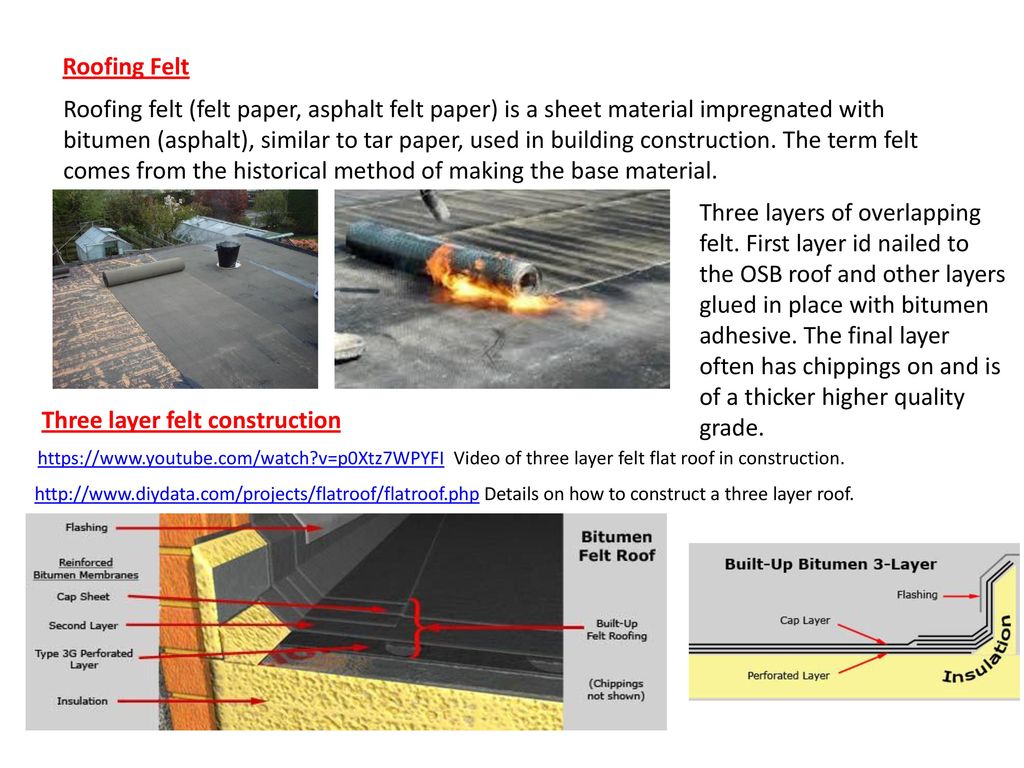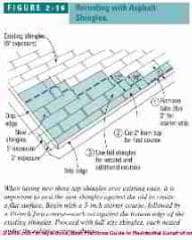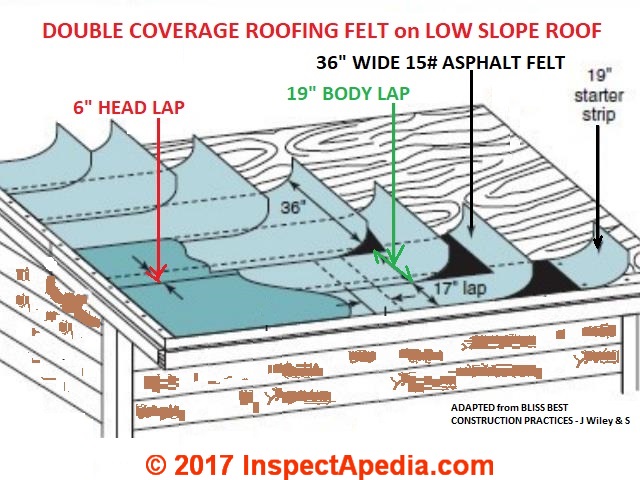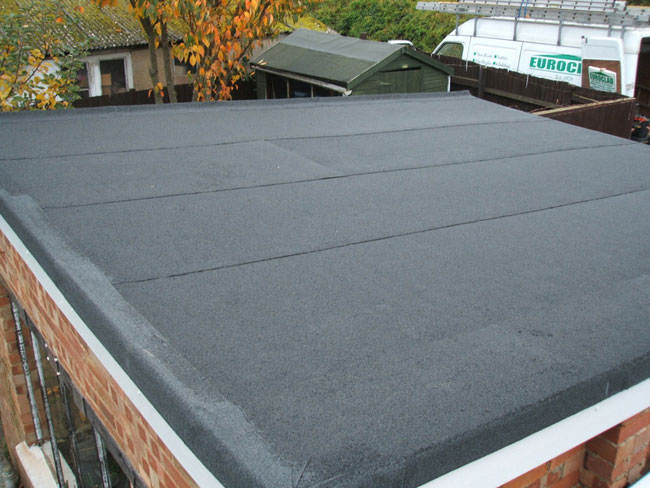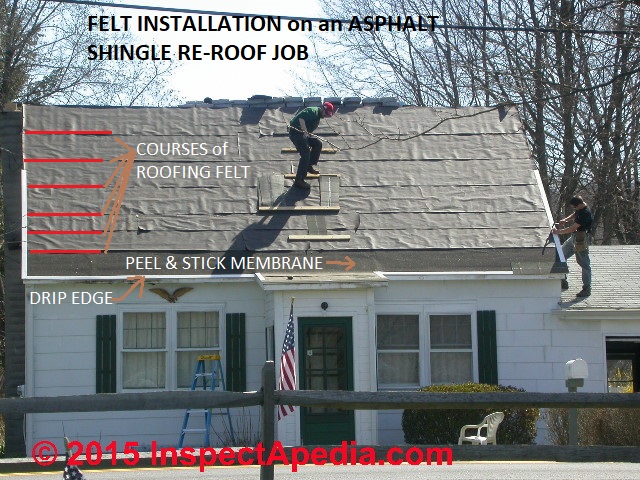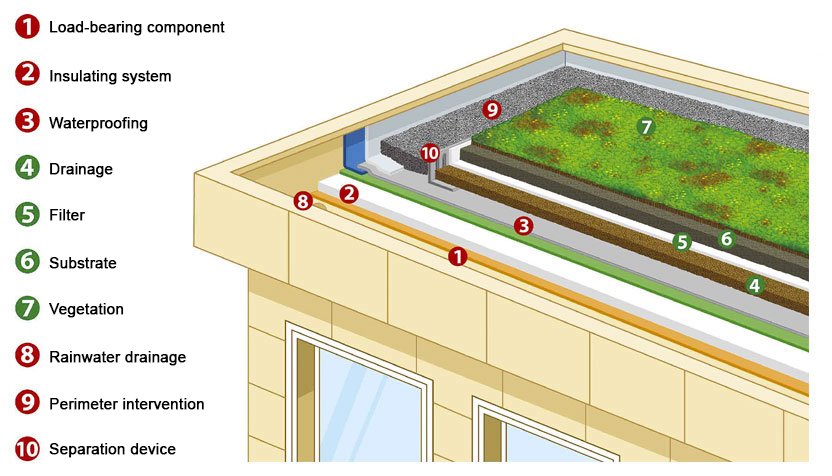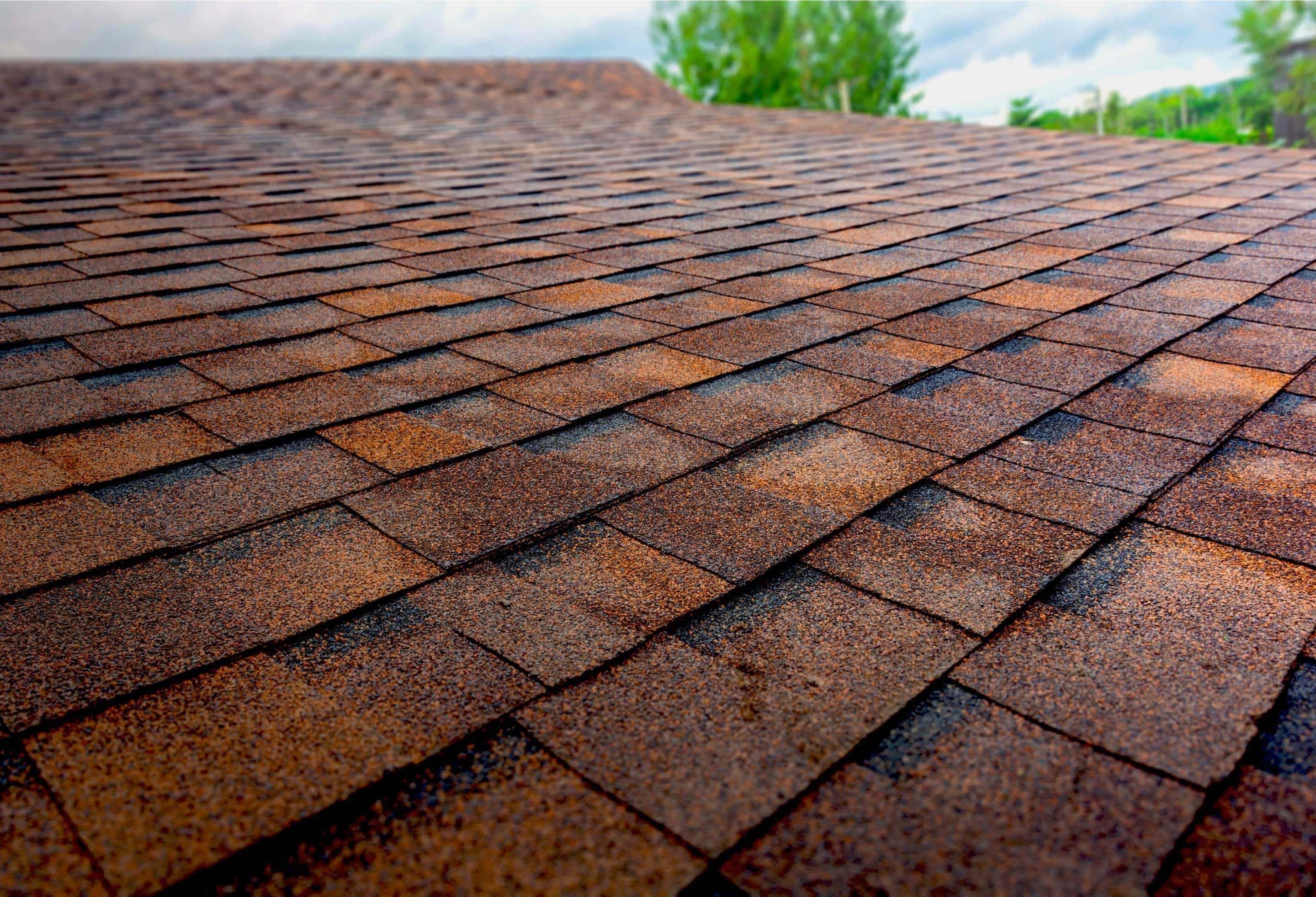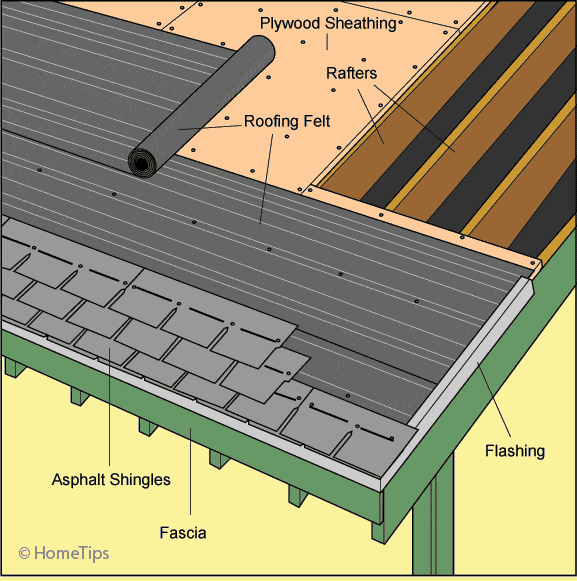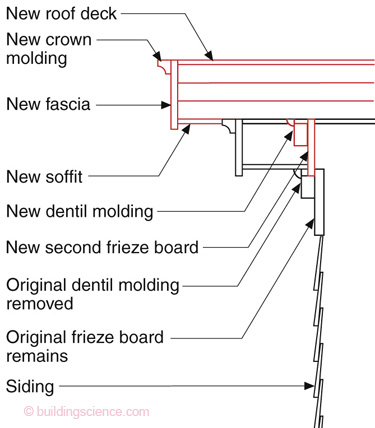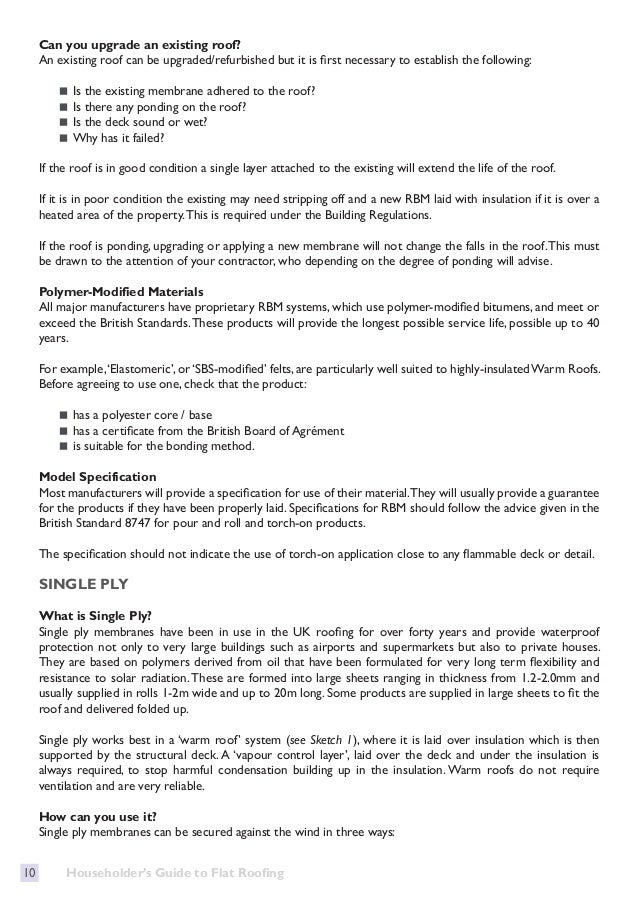Three Layer Felt Roofing Method

This layer is not bonded to the decking so that the decking can move without damaging the felt roof.
Three layer felt roofing method. What is torch on roofing felt torch on roofing or torch down roofing as it is also known is a flat roof covering solution that involves three layers of modified bitumen felt melt welded onto the roof surface and each other with the use of a blowtorch to create an impenetrable waterproof seal. Laying the first nailed layer of underlay felt. The 3 layer felt roof system is also versatile when it comes to appearance. Showing the method of roll and pour on fixing felt onto a flat roof.
Traditional roll and pour three layer. In these kinds of felt roofs it is possible to fill low spots with two or three layers of felt applied with tar or another bitumen. Roofing felt is comprised of a base made from natural materials such as wood cellulose or synthetic ones such as fiberglass or polyester and then coated or saturated with a protective coating such as bitumen asphalt which repels water but still allows the product to breathe. An extra coating of sand or fine gravel can be added on top to improve the aesthetic appeal.
The products used today are a 3 layer membrane system applied with the use of a gas gun. Each of the three layers is laid in a half lap system so any joint in the roof is as far away as possible from another joint. Fitted using a blowtorch the 3 layer felt roof system benefits from being more stable than the older methods. The two main methods of its application are pour roll and torch on.
These layers are all laid in a half lap manner so all the joints are the furthest away they can be from another joint. Laying the second bonded layer of underlay felt. They had a stereotypical belief they were only good enough for your shed or garage. Installing any gutter drips.
Three layer felt systems have come a long way from the early days. Showing the method of roll and pour on fixing felt onto a flat roof. Typically it s applied as a 3 layer system usually consisting of a perforated underlay a 2mm underlay layer then thick 4 5mm felt. Another method for fixing low spots is to apply new roofing plies to the problem spot.




